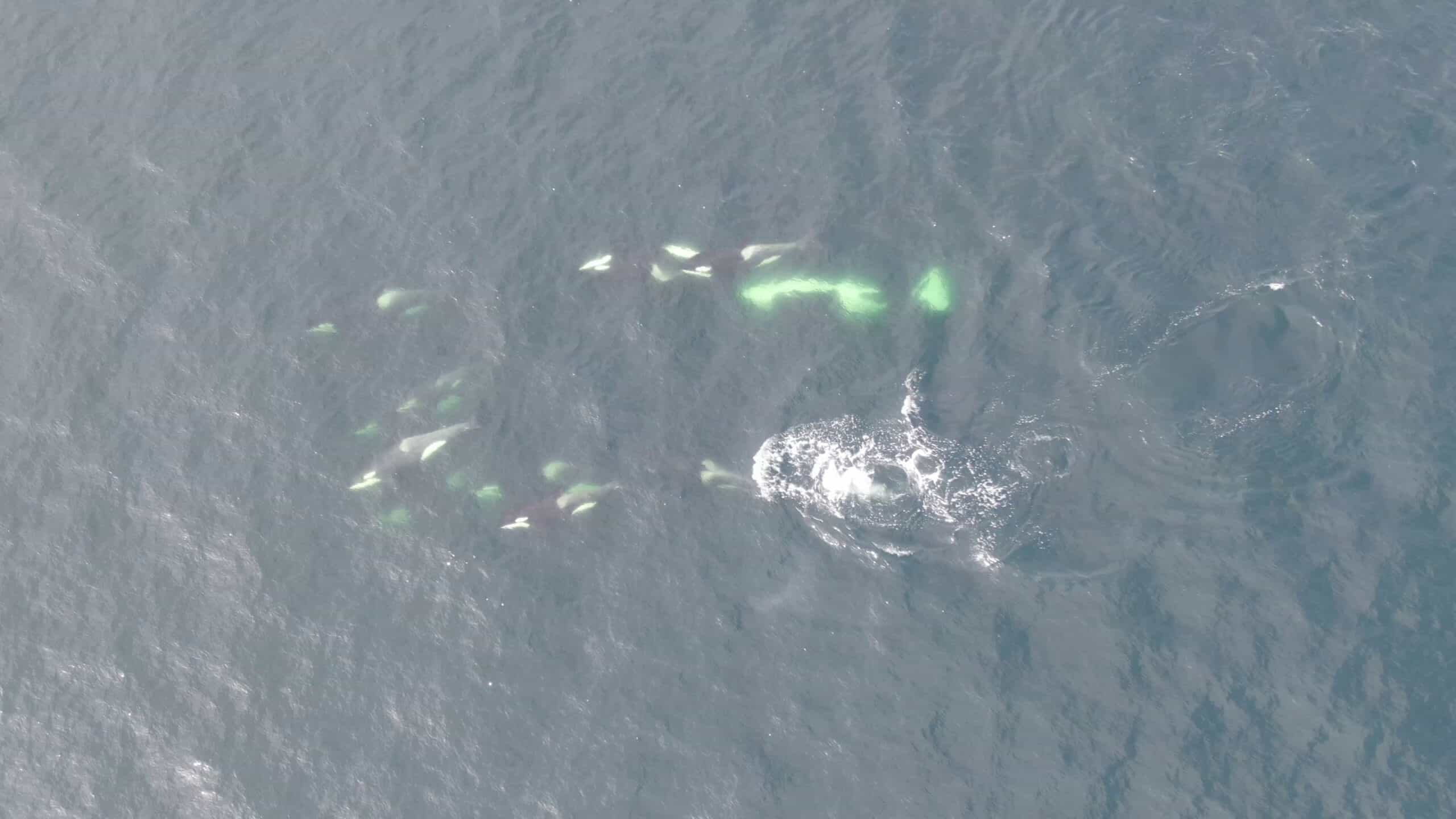
Human-caused mortality influences wolf pack dynamics
From collisions to hunting, human-caused wolf deaths can change wolf pack persistence

Utah bans ‘shed antler’ hunting due to extreme weather
Cold weather and increased snowpack threaten deer

TWS2022: Deer ride autumn ‘frost wave’ of disappearing resources
Researchers tracked mule deer across Wyoming to find what drives their movements
PAID AD


WSB articles available on ResearchGate
The journal’s articles will be automatically uploaded, easily accessible

High cadmium levels dropped in Arctic seabirds
Cadmium cycles through Canadian Arctic seabird colonies

Researchers probe colonialism’s legacy in bird studies
A recent paper says Latin American and Caribbean scientists are excluded
PAID AD


Toxic chemicals from everyday products found in killer whales
A common chemical in toilet paper was among those toxins

Utah wildlife officials prosecuting nine poaching cases
Many of the incidences were discovered thanks to tips from the general public

WSB: Counting Nubian Ibex in the Judean Desert
Trail camera and GPS collar tracking reveal effects of drought on Israeli ungulate population






